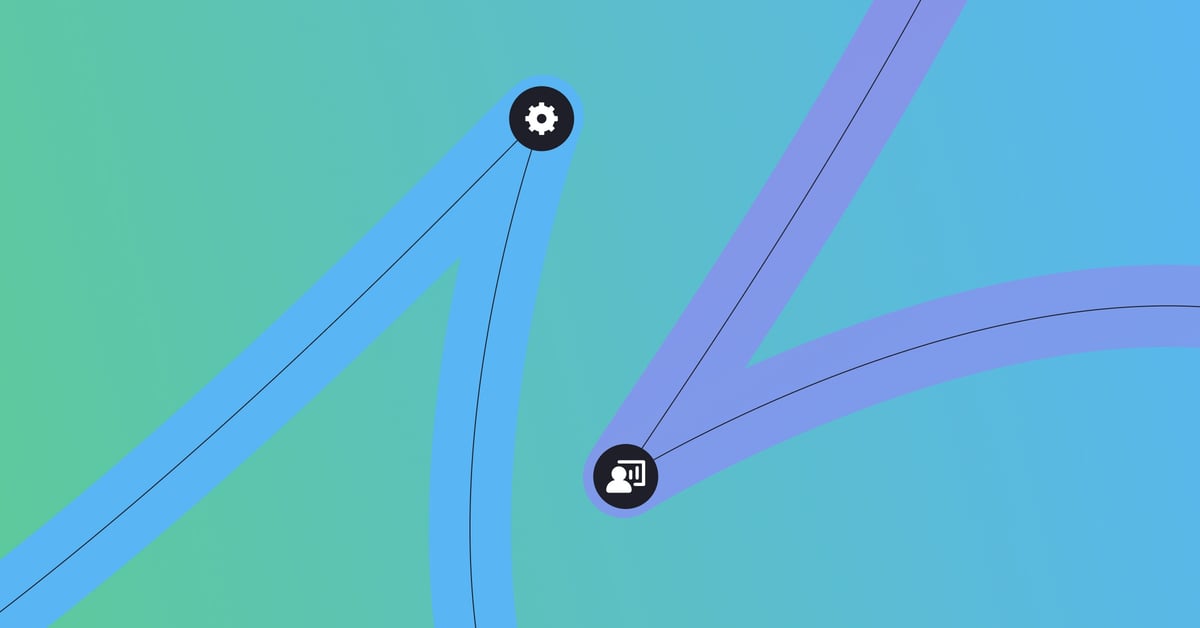Why are more and more businesses looking to automate customer support? To save time and money while improving customer satisfaction. And keeping that balance is more important than ever.
In a recent CMO survey by Forrester, 71% of respondents agreed that buyers expect an experience that is personalized to their needs and preferences, and 74% agree that buyers expect an immediate response to their questions.
The key to making everyone happy? Customization. And the core component of customized support? Your historical data.
There are three ways in which this historical data will make all the difference. By helping you plan, prioritize, and personalize.
1. Prioritize to drive automation rates
When getting started with automation, you don’t have to start from scratch. Instead, use a CRM integration to import customer support data from your pre-automation days. The AI can analyze this data and identify the most common queries straight away, so you can prioritize them when you begin to automate, increasing both your ROI and customer satisfaction.
How will your AI know which topics, or intents, to prioritize?
“Most businesses have a lot of historical data, but many don't have human annotated intents, which are required to train an AI model for automation," explains Andrés Beke, our in-house AI Researcher.
"A standard solution would be to label messages manually, which is a very expensive and time consuming task. Our AI can take your data and then extract and create annotated intents automatically, a process we call unsupervised clustering.”
More on how clustering works
2. Plan ahead to save time and money
Analyzing your historical support data will show you how much time you can save through automation and how, in numbers. Use it to discover your automation potential based on the frequency and nature of requests, then plan the size and structure of your support team accordingly:
- How can one virtual agent free up several human support agents’ time by taking care of repetitive tasks?
- How can you prepare for fluctuating support volumes?
- How can you complement your support team with automated chat and email ticketing to provide 24/7 support?
Let predicted average handling times (AHT) and deflection rates guide you towards optimal results by drawing on existing data - your data.
The hardest thing to capture is the field between benchmark and new customers’ data, but it makes a world of difference.
- András Beke, Artificial Intelligence Researcher at Ultimate
3. Personalize to please your customers
Some platforms use publicly available benchmark data from their industries to get started with automation. While that’s already a step in the right direction, no two businesses are exactly the same, and neither are their customers’ needs and questions.
